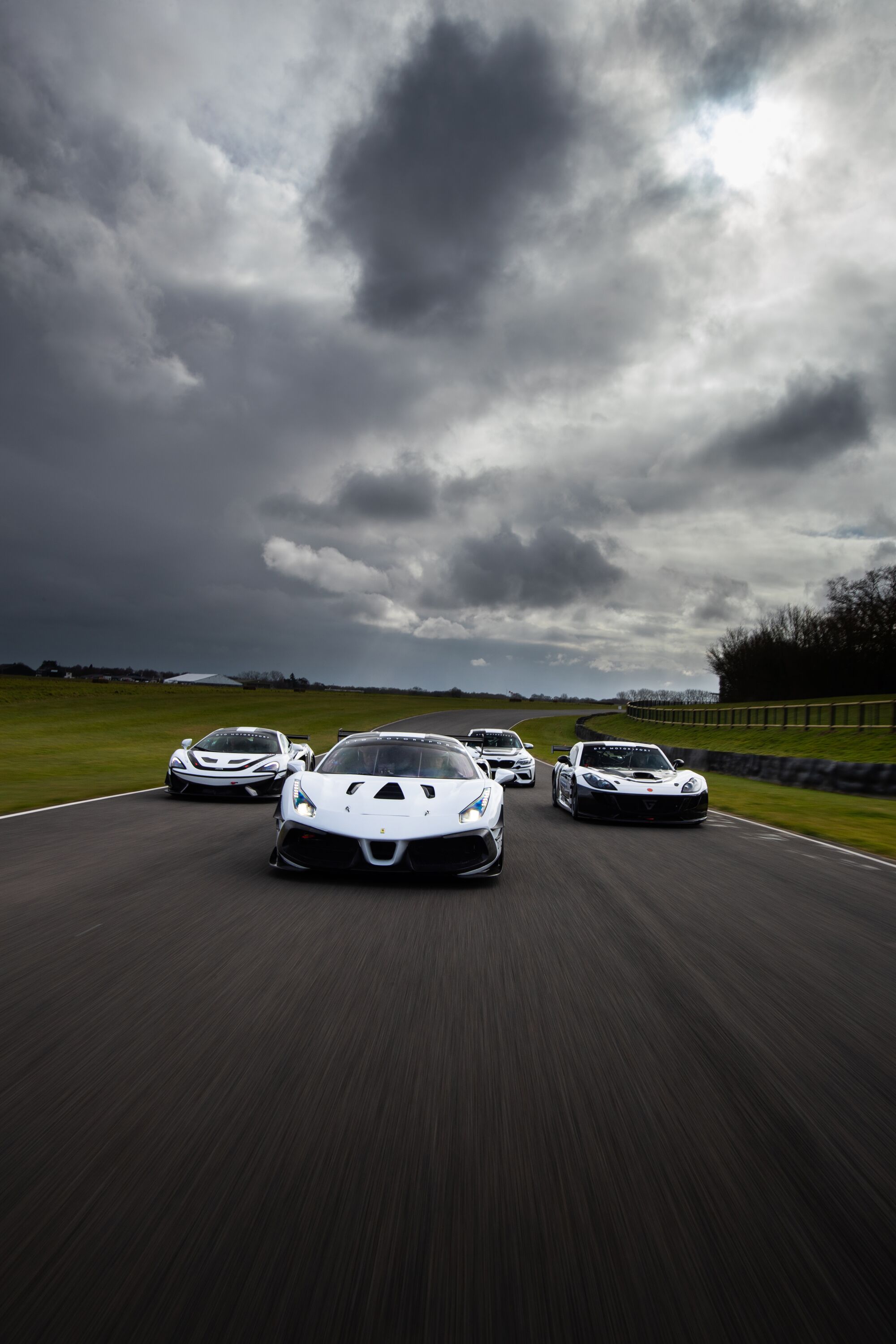Review: Vauxhall Insignia Grand Sport
 Erin Baker
Erin Baker
To be honest, when we arrived in Worcester to drive the new Insignia, the PSA deal to buy the company, and the possible close of Luton and loss of jobs, seemed old news already. However, before the introduction to Vauxhall’s new flagship began, we were assured that Vauxhall is looking forward to working with Carlos Tavares, and sharing in the fruits of new PSA platforms and powertrains, once the current Opel armoury grows tired. We shall see.
Meanwhile, we have this, the new Insignia executive five-door hatchback (it has a sleek coupe silhouette), which is yours to order now, with the Sports Tourer (estate) and Country Tourer (raised ride height and 4WD as standard) arriving in the summer.
The original Insignia picked up where the Vectra left off, and went on sale in 2008, into a crowded C-segment market that’s filled these days with the Mazda6, VW Passat, Skoda Superb, Ford Mondeo and the C-Class, 3-series and A4 from the German Three.
The following year, in 2009, it won the European Car of the Year, and in 2011 sold 46,000 in the UK – double that of that next biggest market, Germany. We love our Vauxhalls in Britain – the Corsa and Astra are always hunting down the Fiesta and Focus in the best-seller list – and Tavares should remain mindful of that popularity, and the reasons for it.
The new Insignia, now with the added “Grand Sport” in the nomenclature, is a handsome beast based loosely on the sexy Monza Concept shown in 2013. The wheelbase has been extended, and the big boot slightly curtailed, to provide a serious amount of legroom, reminiscent more of extended-wheelbase models. Vauxhall’s chief designer, Mark Adams, is 6ft 4in and sits with ease in the back, where the roof is also scooped out to accommodate tall rear-seat passengers.

The engines on offer this time round are an all-new, four-cylinder, turbocharged 1.5T petrol with two power outputs (138bhp or 163bhp), a range-topping 2.0T petrol (256bhp), a 1.6CDTi diesel with two power outputs (109bhp or 134bhp) and a 2.0 CDTi diesel (168bhp). The transmissions are a six-speed manual or automatic, or Vauxhall’s new, and first, eight-speed automatic transmission.
The chassis is also new, adapting the damping, steering and throttle responses via standard, sport and tour driving modes, selectable with buttons by the gear lever. If you go for the eight-speed auto and all-wheel drive system, you get Vauxhall’s new torque vectoring system. They’ve done away with a rear differential, and instead use a twin-clutch system to apply torque to the outside wheel, rather than braking the inside wheel through a corner.
We started with the ranging-topping 2.0T with the four driven wheels and eight-speed auto. The gear changes were a little slow on the down change – the car would benefit from flappy paddles on the steering wheel – and there’s a surprising turbo whine more suited to a hot hatch (there’s also a surprising amount of road noise on the go from the tyres on the 18in wheels). Few people will buy this one, however, given the high number of fleet customers looking for low CO2, and the 1.6CDTi with the six-speed manual is a lovely choice. The short gearshifts are smooth and direct, and the engine feels lighter, more engaged and more responsive.
The chassis is the greatest attribute for this new Insignia; in standard mode, the damping has the right amount of give in it, but the set-up is entirely settled and purposeful. Switch to sport, and there’s a noticeable additional stiffness but the mileage-eating comfort, so necessary for fleet customers, remains.

Vauxhall is very proud of its new LED matrix headlights – so much so, that it insisted we test them as night fell. The technology is impressive, and few mass-market manufacturers have yet to offer it. The high beam setting stretches up to 400 metres down the road, and the illumination parts around oncoming cars to avoid dazzling the driver. It’s an impressive system, and allows for a much thinner headlight design, so adds a sporty look to the Insignia. It will cost you £1,100 as an option; try before you buy.
In fact, the Insignia offers a joyous amount of standard equipment, including forward-collision warning, automatic braking and a lane-departure warning system, heated mirrors, Apple CarPlay, a front camera and the company’s OnStar service, which can help you with free parking spaces and booking hotel rooms at your destination, among other things.
Options on the higher trim levels include active cruise control, park assist, rear camera, cross-traffic alert, heads-up display and ventilated and massaging seats. And, in another first for Vauxhall, there’s also now a bespoke trim level called Exclusive, which will create bespoke paint colours and unique wheel designs.
It’s a far cry from the Vectra of old. Best of all, the range starts at £1,500 less than the outgoing Insignia, from £17,115 to £26,455 for the 2.0T we drove.
vauxhall
Insignia
Grand Sport









